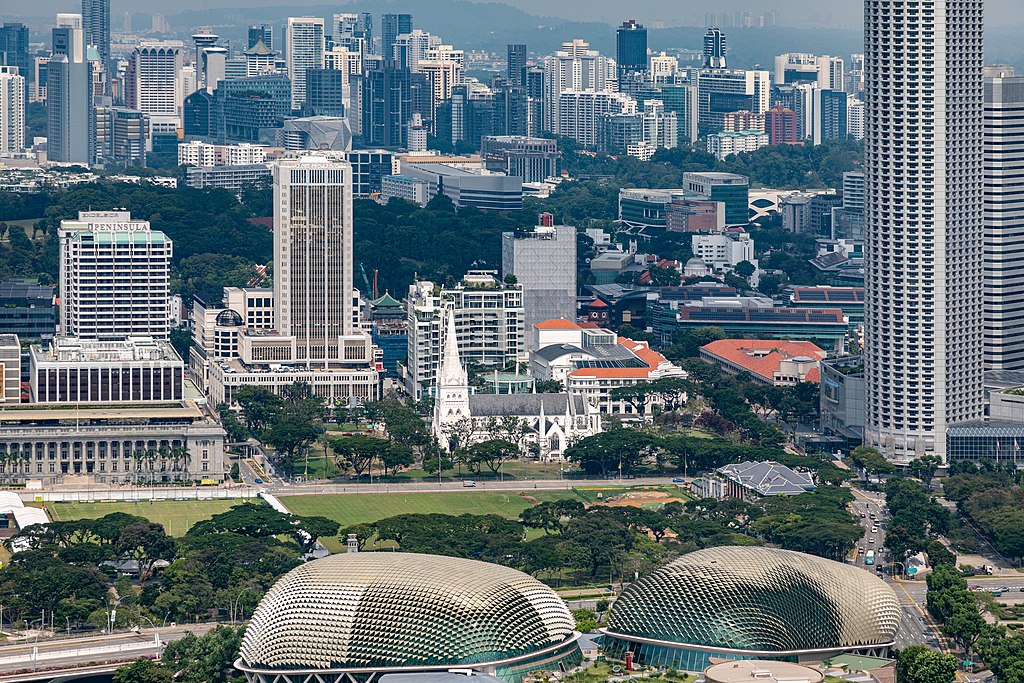Singapore aims to become urban agriculture technology hub
- Technology
- Asia
- Singapore
- US
- Massachusetts Institute of Technology
- MIT
- SMART
- Agriculture
- Farm
- Farming
- Urban farming
Singapore is investing heavily in high-tech farming to become more self-sufficient. The third most densely populated country in the world has sacrificed many things, including food production. Farms make up no more than 1% of total land area, which means the country spends out around $10 billion each year on food imports, which account for 90% of food consumption.
This is why Singapore has formed an alliance with MIT for research and technology (SMART). MIT’s research enterprise in Singapore aims to make Singapore a leader in precision agriculture and urban farming through partnerships with researchers, engineers and scientists. Singapore is aiming to become the region’s urban agriculture technology hub given its climate for innovation, strong talent base and strategic location in the Asia Pacific. Nuffoods Spectrum reports that more than $90 million worth of investments will go into early-stage tech start-ups with food and agri-tech solutions, to boost the agri-tech sector.
Disruptive & Sustainable Technologies for Agricultural Precision (DiSTAP) is one of the five Interdisciplinary Research Groups in the Singapore-MIT Alliance for Research and Technology (SMART) Centre. DiSTAP is a research programme funded by the National Research Foundation (NRF), under its campus for Research Excellence and Technological Enterprise (CREATE) programme. Through this symposium, DiSTAP aims to revolutionize food production to meet the demands of a growing population with a focus on development of tools, such as nanotechnology and microelectronic sensors that can measure the flow of nutrients and hormones within plants, that will allow scientists to study how plants adapt and develop; using this knowledge and tools to select and develop plant varieties that are richer in nutrients and can grow in high density; development of complementary technologies for producing nutrients and high-value food components at high volume; and application of these technologies to improve urban farming.



